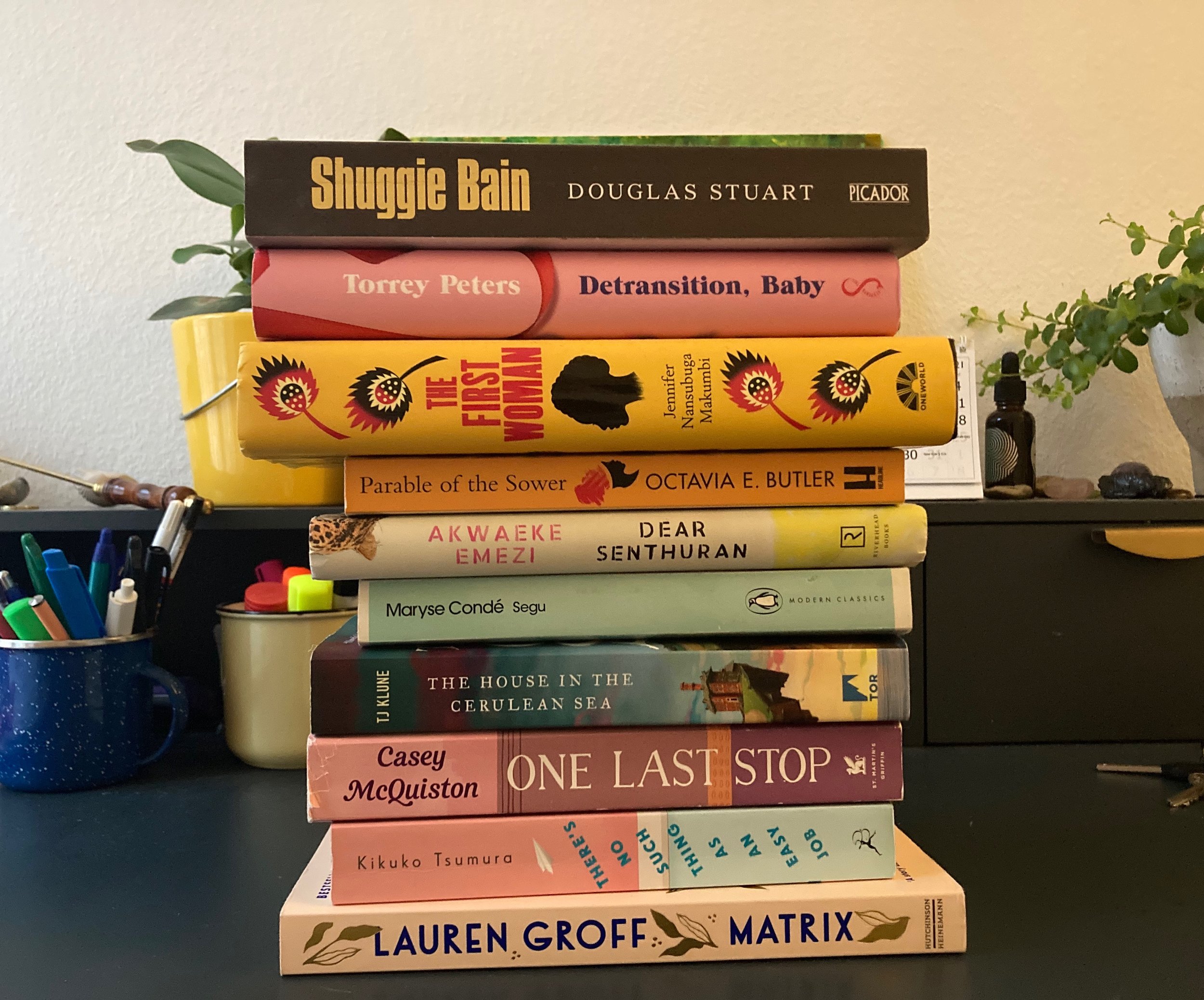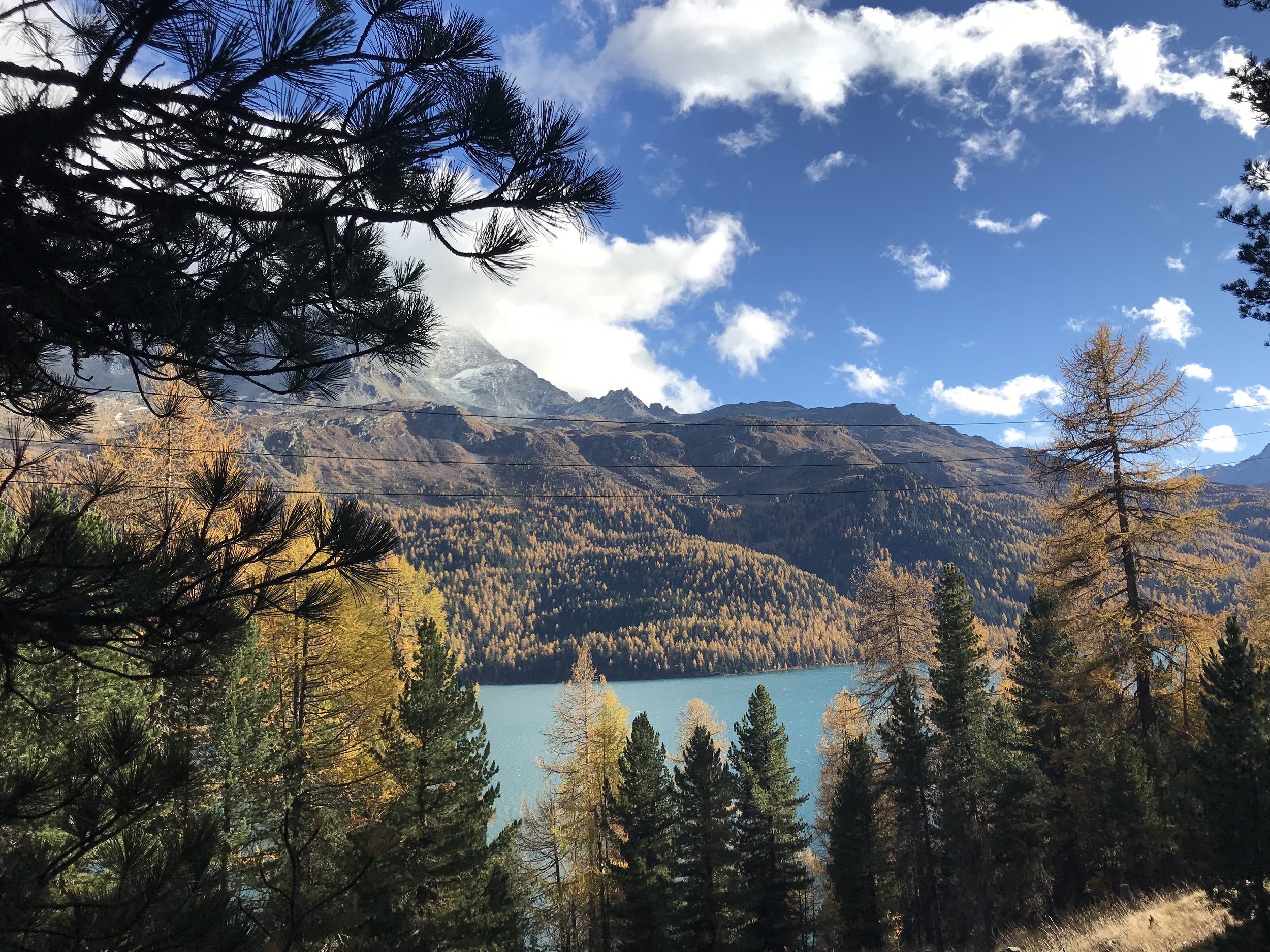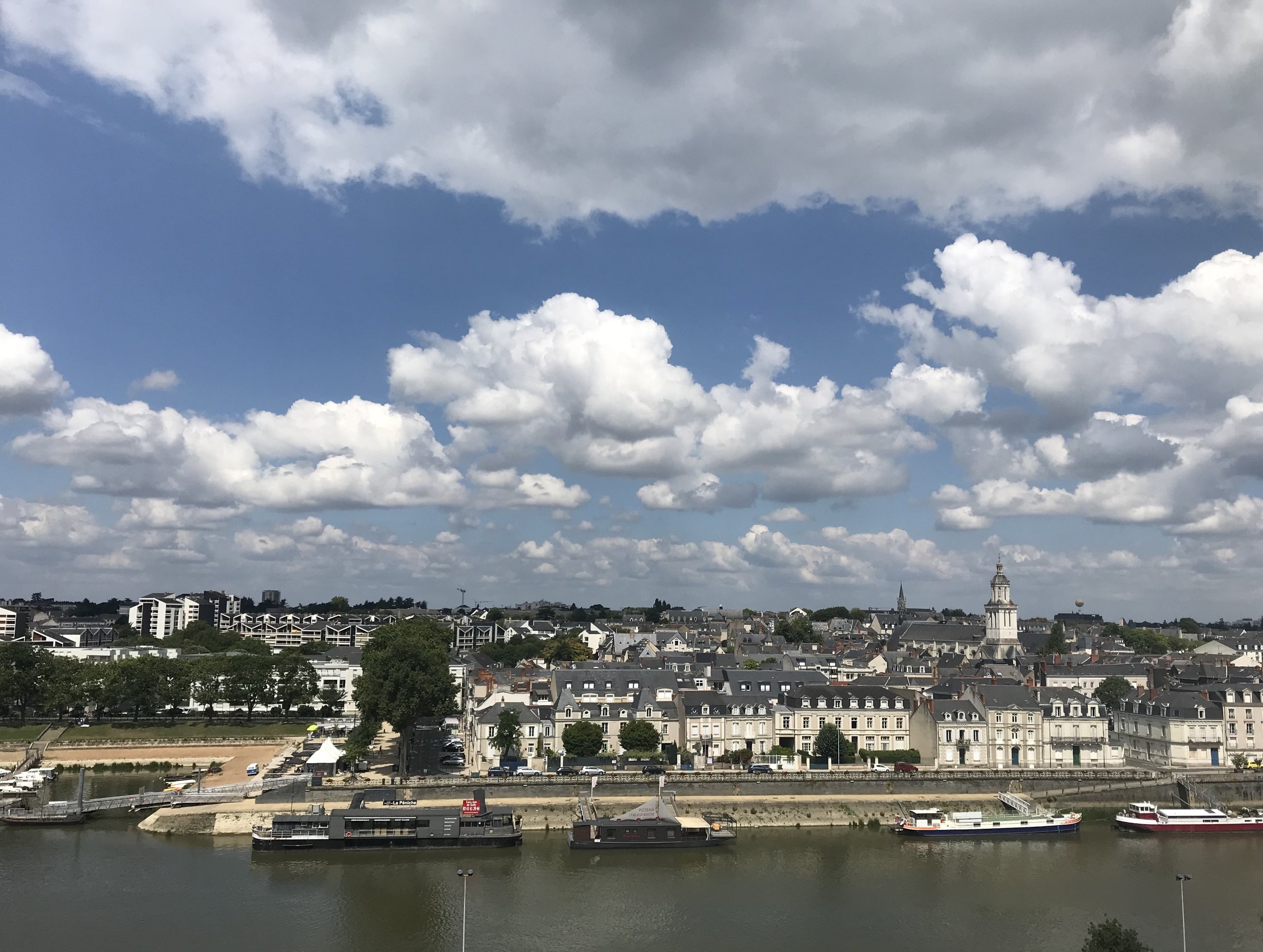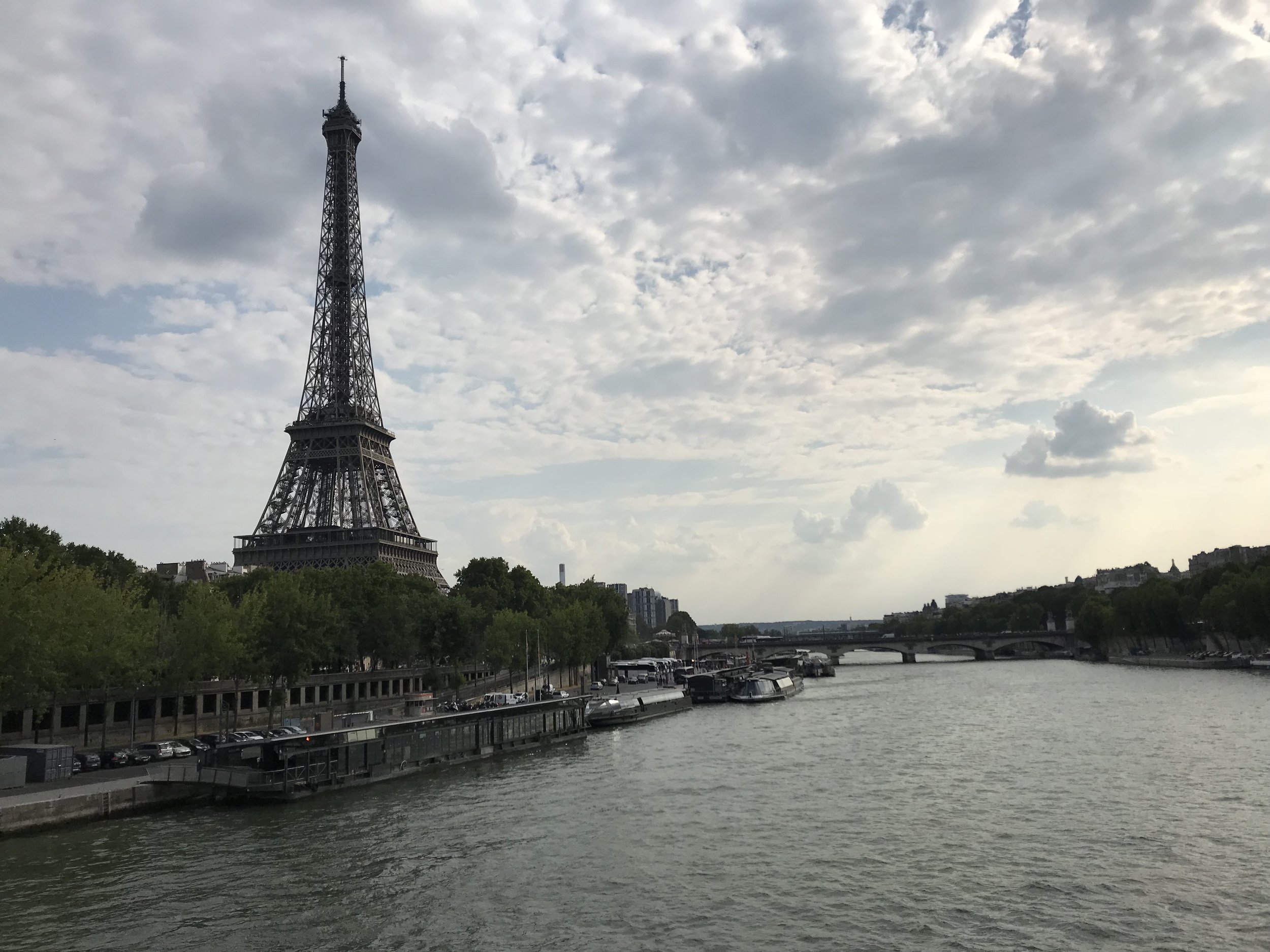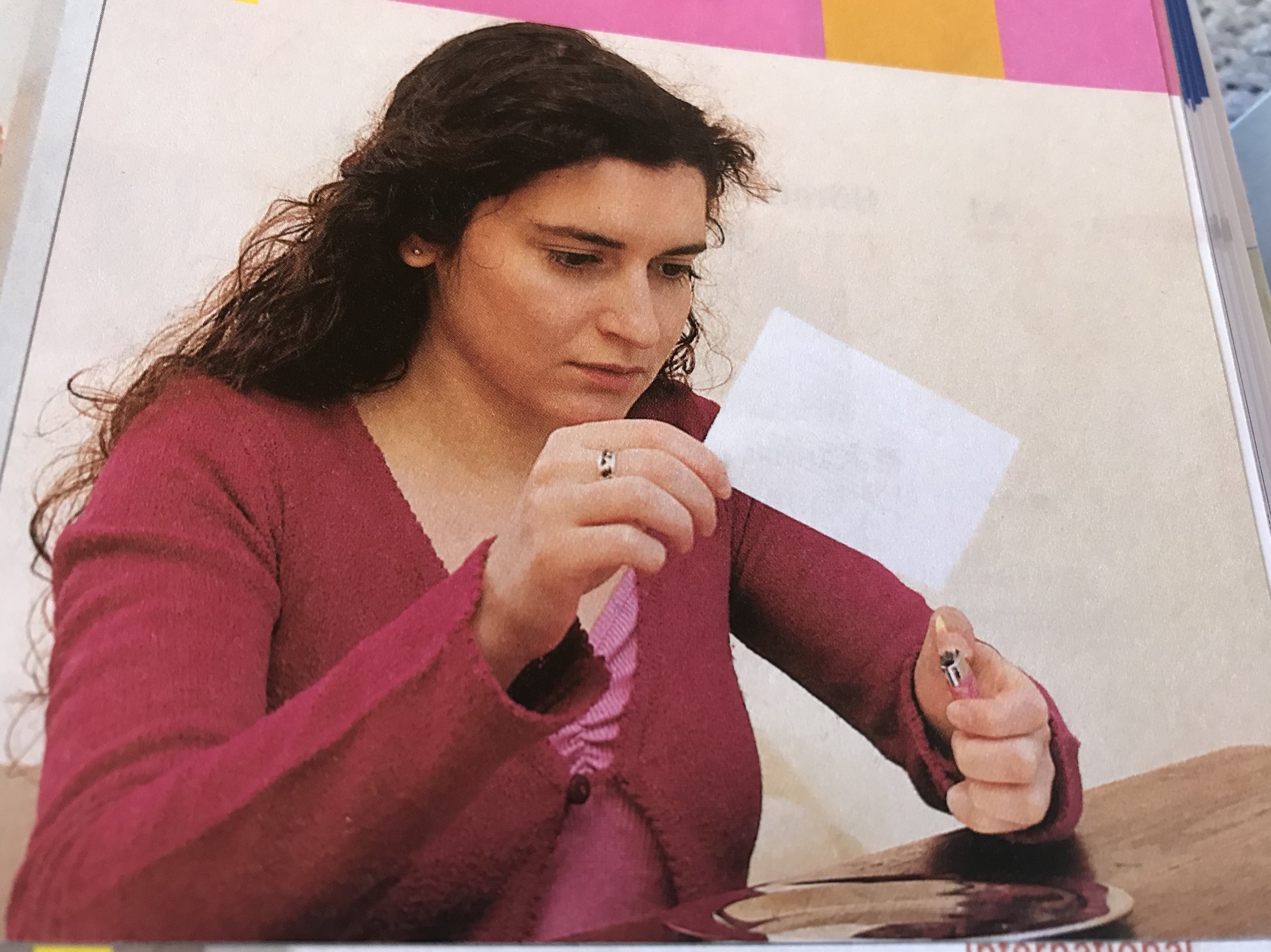Oh hey, this year went by very fast. And oh hey, the last time I wrote in this blog was to share my ten best books of 2019, along with a resolution to blog more. Very much my bad!
As we go into our third pandemic year, I’m absolutely not trying to resolve to do anything except wear pajamas and cuddle my dog. But I did go into this year with the goal of reading 52 books (one for each week, get it?) and with one day to go, I’ve made it to 54! So along with sharing my goal (not resolution) to read a full 60 books in 2022, I also want to share with you some of my favorite reads from this past bonkers year.
I chose the number 10 because it’s as good a number as any, and without boundaries, how would I know when to stop? I was lucky enough to like most of what I read this year because I have good instincts, get good recommendations, and read good lists.
This list is presented in the order I read the books, no hierarchy. So without further ado, my 10 best books of 2021 (plus one honourable mention)!
1. Shuggie Bain by Douglas Stuart
This was the first book I read as part of the Lausanne Book Club, which fulfilled my years-long dream of joining a book club, plus has helped me meet some good new friends in the area. At a time, January 2021, when I wasn’t traveling anywhere, wasn’t going to the office, was only leaving the house to get groceries and yarn for my budding knitting habit, this book immersed me in a totally different world. That world happened to be 1980s Glasgow, during the Thatcher years, and involved a lot of poverty and alcoholism, but apparently it was just the escape I needed. Definitely a heavy book, but also absolutely engrossing – it’s over 400 pages and I finished it in two days
2. Detransition, Baby by Torrey Peters
This is a doozy of a story, about a trans woman Reese whose ex, Amy/Ames, a trans woman who recently detransitioned, tells her that he recently impregnated his cis female boss and wants the three of them to co-parent the future child. It’s a lot, but in the hands of this excellent trans author, it’s not at all soapy. The characters are all absolutely flawed and completely lovable. Plus it takes place in New York!
3. The First Woman by Jennifer Nansubuga Makumbi
This book is called A Girl is a Body of Water in the U.S. and The First Woman in the U.K, which is the version I got, being a European and all. Kirabo is a young girl growing up in a small Ugandan village trying to learn what it means to be a woman without conforming to the expectations of everyone around her. It’s a book full of strong women and folklore mixed with Ugandan politics in the time of Idi Amin. Makumbi is an amazing writer who also wrote Kintu, described as an African “One Hundred Years of Solitude”, which was one of my favorite books of 2020.
4. Parable of the Sower by Octavia Butler
This is kind of a 2-for-1, since I read this and then Parable of the Talents directly after. I did prefer this first book to the second, but they were both good, and need to be read as a pair. I don’t think I have anything to say about Butler and her very prescient vision of the future (climate change, societal breakdown, violence, extreme inequality) that hasn’t been said. Just that this book is a classic for a reason.
5. Dear Senthuran by Akwaeke Emezi
Emezi is one of my absolute favorite authors. Their first book, Freshwater, came out in 2018 and since then, they’ve published three others with a couple more coming out in 2022. Dear Senthuran is their memoir of sorts, in the form of letters they wrote to people, real and imagined. These letters discuss suicide attempts, difficult relationships, their identity as a god, and their experiences as a writer and with the world of publishing. I hate calling books “inspiring”, because it makes it sound like a self-help book or something, but this was really inspiring to me. I read this one especially slowly, so as to savor every detail.
6. Segu by Maryse Condé, transl. from French by Barbara Bray
This book originally came out in 1984, and is an epic story starting in 1797 about the African kingdom of Segu, the arrival of Islam, and the slave trade. This is one of those books where it’s impossible to understand how the author wrote such a detailed account of the past without actually having experienced it. It is truly a book to get lost in, an escape, albeit a sometimes disturbing one.
7. The House in the Cerulean Sea by T.J. Klune
This book was so lovely that it kind of put me in a bad mood afterwards because I had to return to the real world. Heart-warming but never corny, this is the story of a rule-following social worker who goes to an orphanage full of magical children (one of whom might be the anti-Christ) deemed too “dangerous” for society, and the love he finds there. A beautiful queer read.
8. One Last Stop by Casey McQuiston
Another lovely, fantastical queer love story, this one involving time travel. August is 23-years-old and has just moved to Brooklyn where she meets Jane on the Q train. She quickly falls for this beautiful girl in the black leather jacket, but learns that Jane is from the 1970s and is stuck on the subway. It’s a mystery, it’s sci-fi, it’s a romance, plus it’s just a big, beautiful queer time with an excellent cast of characters in 2019 New York – the book ends in the summer of 2020 and there’s no Covid!
9. There’s No Such Thing as an Easy Job by Kikuko Tsumura, transl. from Japanese by Polly Barton
After experiencing burnout at her long-time job, an unnamed narrator goes to an employment agency and asks for jobs that don’t require much mental energy or engagement. The jobs she ends up with are quite strange: watching a man on a hidden camera feed, coming up with trivia for cracker packets, sitting in a cabin in a city forest. At each, she learns that it is harder to disengage from work than she thought. An extremely creative and inventive book that looks at the ways we have allowed work to take over our lives.
10. Matrix by Lauren Groff
I’ve never wanted to be a nun until I read this book. I probably still don’t, especially since this book takes place in the 12th century. It’s hard to explain what is so wonderful about this book, which made many of the best-of lists this year. It’s the story of Marie de France, an abbess at a poor, struggling monastery, who transforms it into a wealthy and powerful place controlled and populated only by women. This book made me want to learn herbalism and how to make my own clothes and to sit in quiet contemplation in candlelight. Will that actually happen? Probably not. But this is still the perfect book for going into our third Covid winter of hunkering down and maybe getting crafty (and hopefully getting way offline).
Honourable mention: Le Consentement by Vanessa Springora
This is a mention honoring me, because I read a full book in French! It’s also an honourable mention because Le Consentement is a really good book. Springora was abused by a very famous, much older French author at just 14 years old, when he began a “relationship” with her. An honest and brutal account of what took place, I found the writing to be direct and powerful, plus I was able to understand it.
And then since I’m a cheater, and who’s gonna stop me, just a few more that I’d really recommend:
The Firestarter’s Daughter by Angeline Boulley
Piranesi by Susanna Clarke
The Lying Lives of Adults by Elena Ferrante
Behold the Dreamers by Imoblo Mbue
A Deadly Education by Naomi Novik
Black Sun by Rebecca Roanhorse
Drive Your Plow Over the Bones of the Dead by Olga Tokarczuk, transl. from Polish by Antonia Lloyd-Jones
Next up: Currently, I’m reading The Copenhagen Trilogy by Tove Ditlevsen, which is another “list” book, including the New York Times’s 10 best of 2021. This is actually a trilogy of short memoirs that were put together into one volume. Ditlevsen was a famous Danish poet and published these books between 1967 and 1971. So far it is really living up to the hype. I love memoirs that are so detailed, so inside the author’s head, so vivid, that I forget that I’m not reading fiction.
I’m also reading Work Won’t Love You Back by Sarah Jaffe, which looks at the way many workers are exploited due to the relatively recent idea that our jobs should be our passions and if so, then we should be happy to work as hard as necessary at them, even without adequate compensation. It’s anti-capitalist and questions the idea of the nuclear family that so many of us just accept, and so far I’m really enjoying it.
I’m planning to read The Priory of the Orange Tree by Samantha Shannon, which has been recommended by numerous people, and Under the Whispering Door by T.J. Klune, author of The House in the Cerulean Sea. So clearly, I’m going for a little escapism into other worlds.
I definitely want to try and read more non-fiction books in 2022. Not because they are somehow more “serious” than fiction, but because I keep buying these non-fiction books that look so interesting and that I’m so excited about, but then I just end up still reading and buying fiction books. We’ll see how it goes.
I’d love to hear what you think of my little list. Did you read any of these books? Did you like them too? Hate them? Have recommendations for me to read in 2022 that you think I’ll love? Want me to recommend a book to you? Give me a holler!
